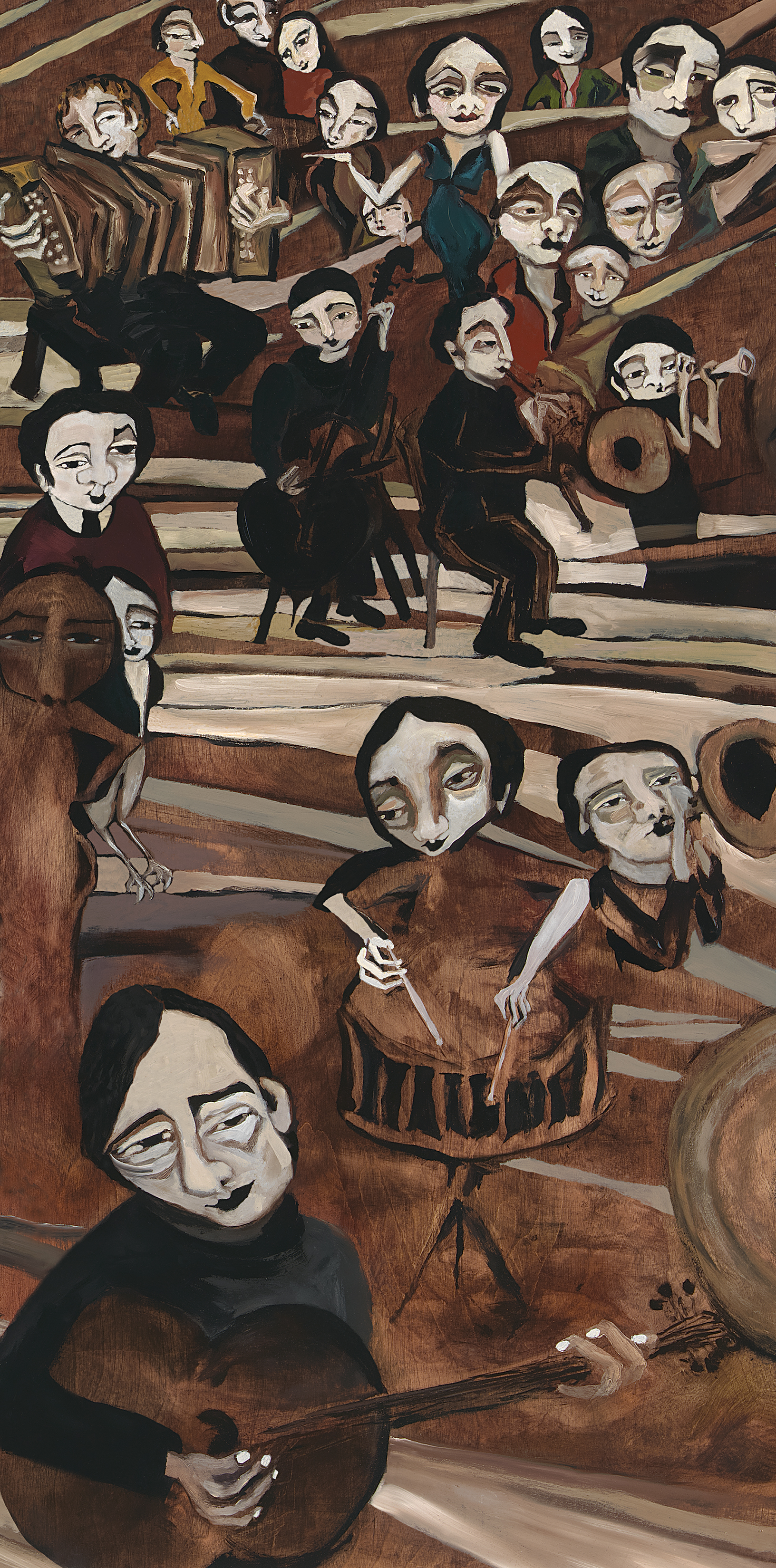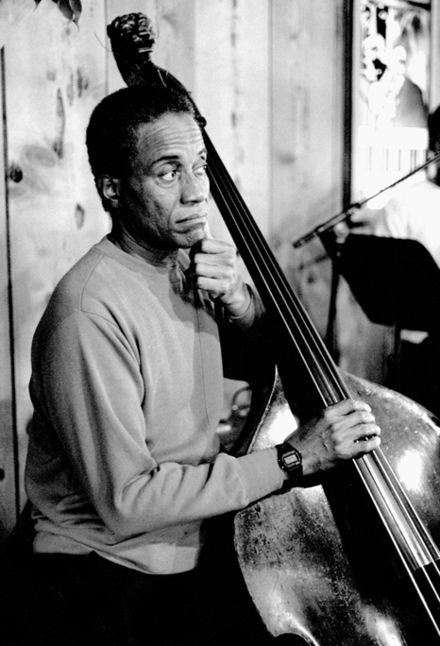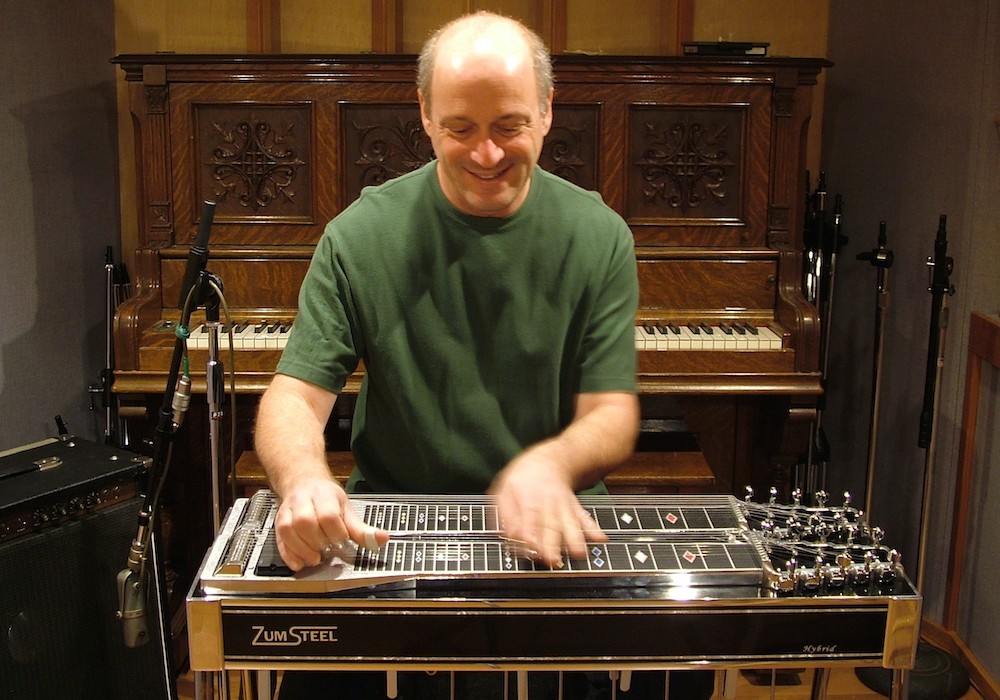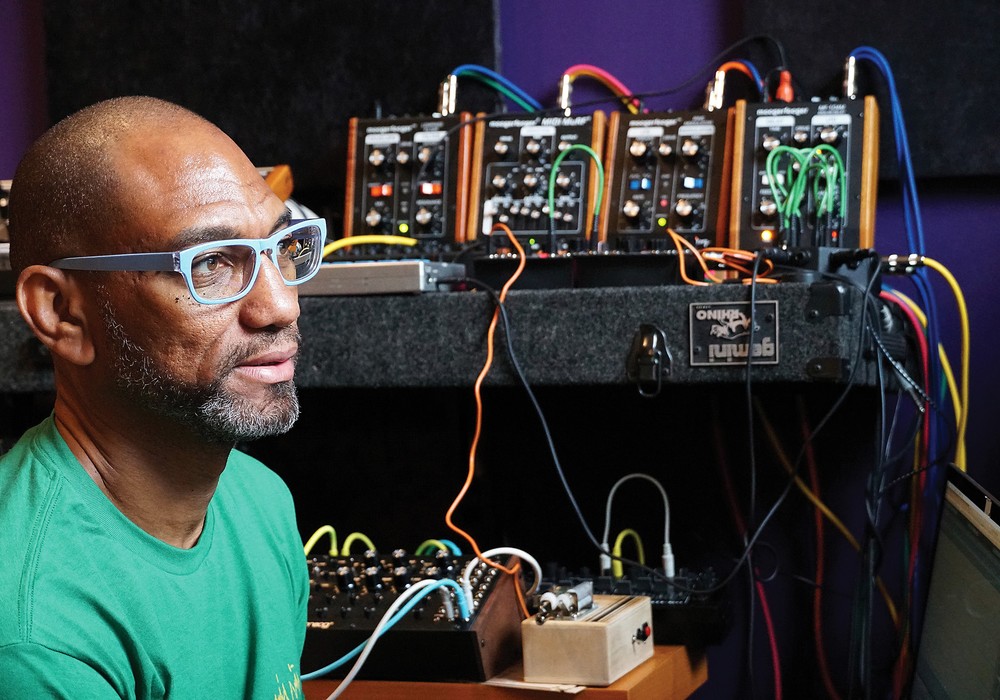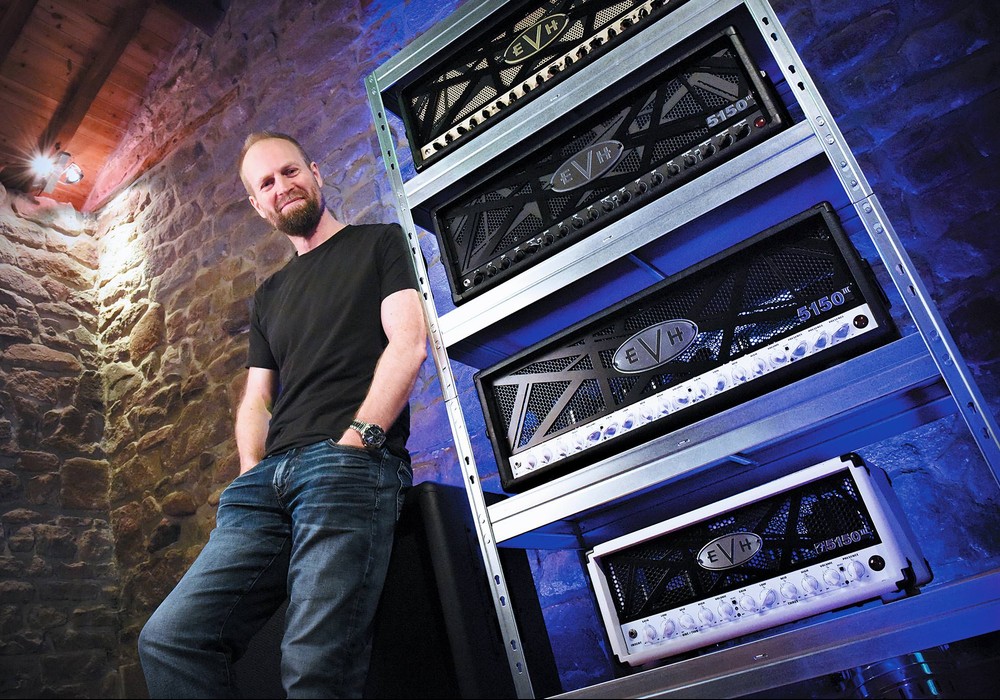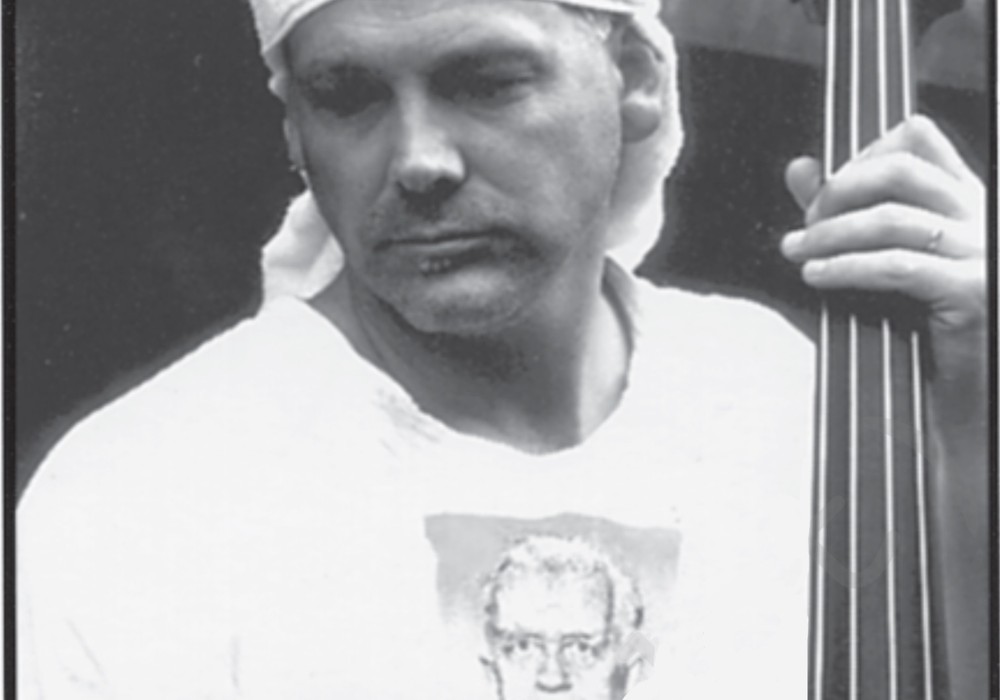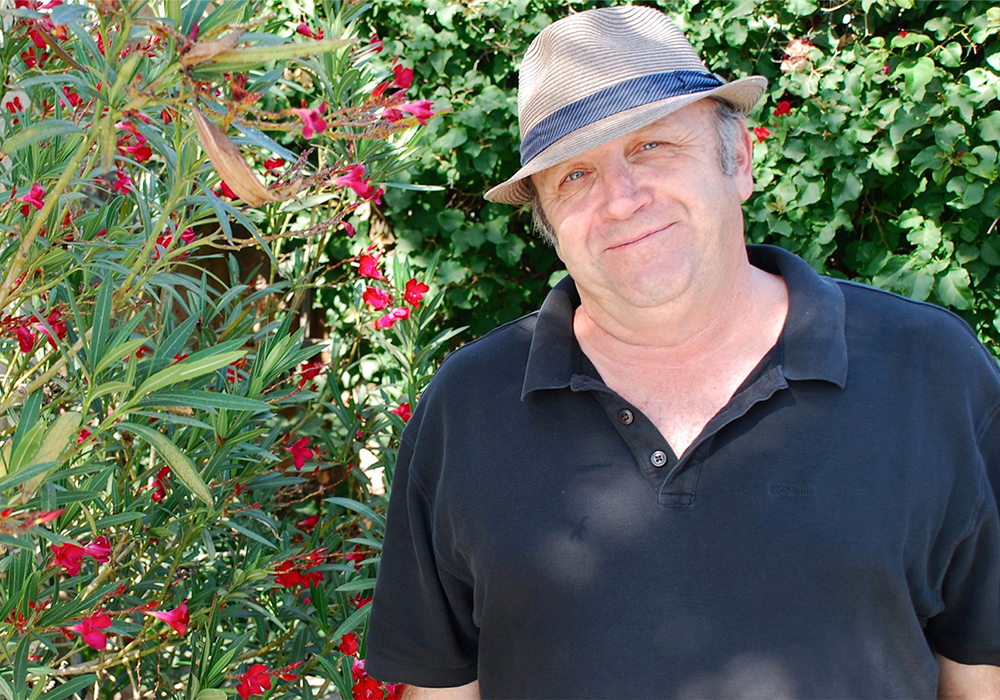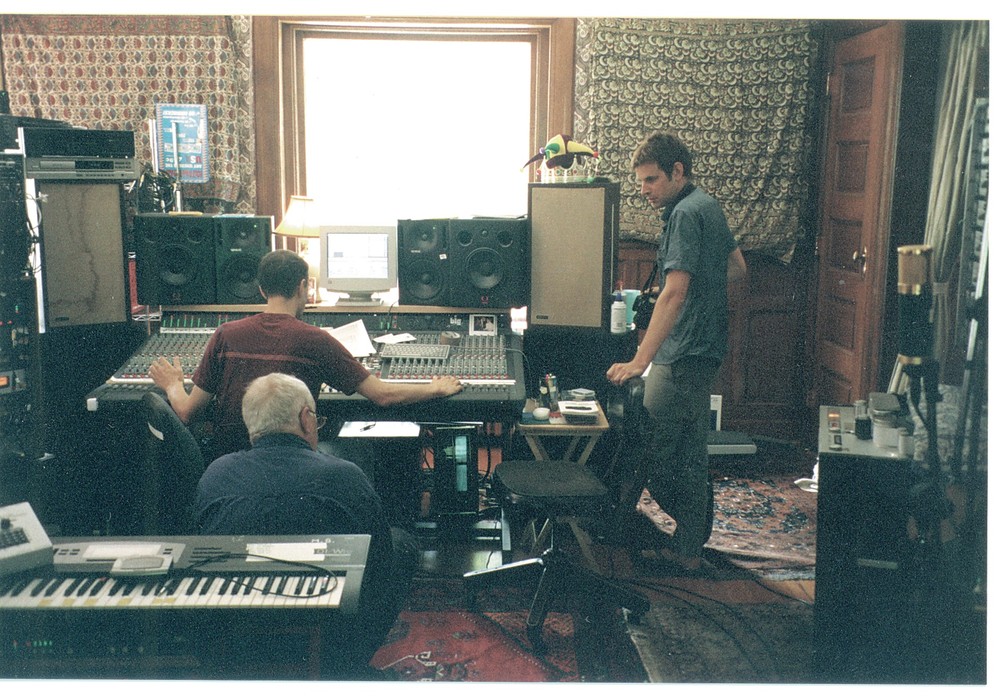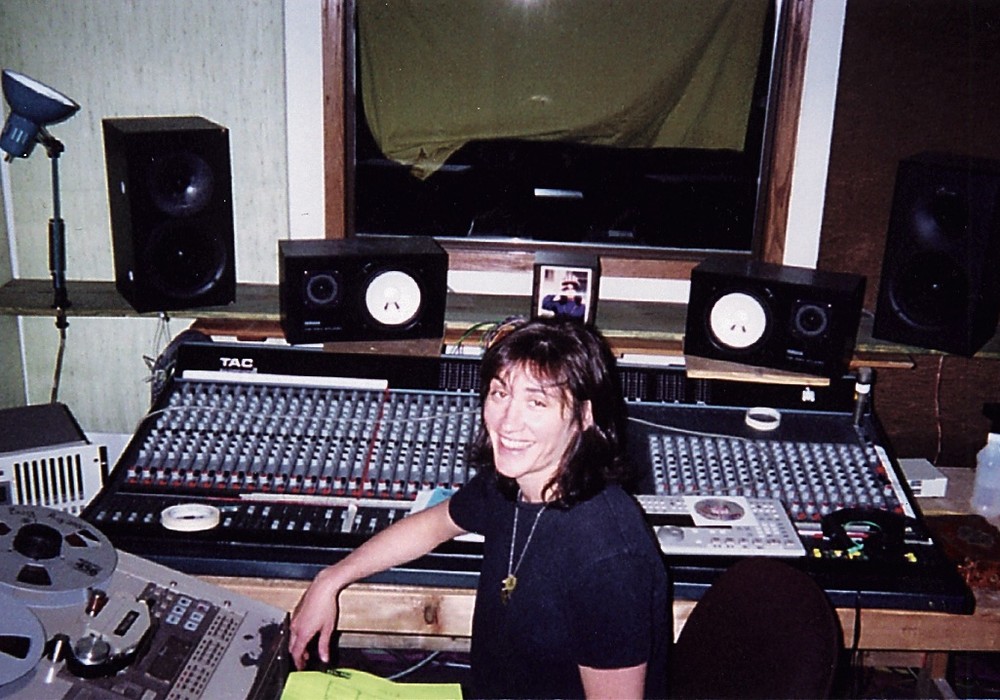A revered jazz musician, Mr. Davis also played on two of the all-time classic albums in the rock canon – Born to Run and Astral Weeks (as well as guesting on Bruce Springsteen’s debut album, Greetings from Asbury Park, N.J.).
Van Morrison’s Astral Weeks album is rightly regarded as a classic by any measure. Mojo Magazine named it the second greatest album of all time, The Times the third greatest, and Rolling Stone, the nineteenth.
But what is routinely little recognized, though, is how responsible Mr. Davis was for the record’s singular sound. With no rehearsal, instructions or charts, and Van Morrison isolated in a booth apart from the hired New York City jazz players – allegedly never once even introducing himself to the musicians – Davis was left to serve as de facto bandleader. The entire album was recorded in just three live sessions (one of which wasn’t used at all), and done almost entirely in single takes.
If one listens closely, Mr. Davis’ bass is the first instrument heard on the album and the last. His playing literally propels and leads the band through most songs. This orchestral element is the key ingredient in the music’s alchemy that transcends standard folk-rock, singer-songwriter fare and has helped render the album so timeless.
The album’s producer, Lewis Merenstein (John Cale [Tape Op #156], Miriam Makeba, Gladys Knight, Curtis Mayfield), was only hired after nine other producers passed on the album since the material was not seen as a fitting follow-up to the smash success of Morrison’s “Brown Eyed Girl,” single. Merenstein first recruited Davis, and then had Davis assemble the rest of the group from the jazz world, including drummer Connie Kay (Modern Jazz Quartet, Miles Davis, Chet Baker, Charlie Parker, Dexter Gordon, Bill Evans, Sonny Rollins), percussionist Warren Smith (Max Roach, Janis Joplin), and guitarist Jay Berliner (Harry Belafonte, Charles Mingus, Grace Jones). Kay and saxophonist/flautist, John Payne (Bonnie Raitt, Phoebe Snow), both recount that they were “mostly just jamming” on the album, large instrumental parts of which were later edited down.
Merenstein told biographer Clinton Heylin, “If you listen to the album, every tune is led by Richard and everybody followed Richard and Van's voice. I knew if I brought Richard in, he would put the bottom on to support what Van wanted to do vocally, or acoustically. Then you get Jay, playing those beautiful counter-lines to Van.” Years later, Merenstein (who was a close colleague of the also under-recognized producer, Tom Wilson [Bob Dylan, Simon & Garfunkel, Frank Zappa, Velvet Underground] Tape Op #143) reminisced that Davis was “the soul of the record.” Astral Week’s final track features only double-bass, percussion, and soprano sax to accompany Morrison’s acoustic guitar and vocal. Revered critic, Greil Marcus, once asserted that, “Richard Davis provided the greatest bass ever heard on a rock album.”
Another largely unheralded contributor to the album was the Grammy-winning engineer Brooks Arthur – who passed away largely unnoticed last year at the age of 86. The album was recorded at Arthur’s Century Sound Studios in midtown Manhattan. Springsteen’s first two albums and part of Born to Run were recorded at Arthur’s second studio, 914 Sound Studios, located outside of the city an hour north of Century Sound. Arthur also worked on recordings with the Grateful Dead, early unused Ramones tracks, Neil Diamond’s “Sweet Caroline,” and Dusty Springfield. He later found massive commercial success in the 1980s and 1990s with several The Karate Kid soundtracks and producing comedy records by Adam Sandler and Robin Williams.
A case study in how vital time and place are for the feel of performance, Astral Week’s only session of the three that was scrapped was the “early” morning one – an uncustomary time for jazz musicians who survived doing late night, live gigs throughout New York City. The key recordings proved to be the first and final dates that each occurred in the evening. These resulted in four songs each of the eight that comprise the final album, which was released a mere six weeks after the final session. Davis himself commented that, “There was a certain feel about a seven-to-ten o'clock p.m. session. The ambience of that time...
